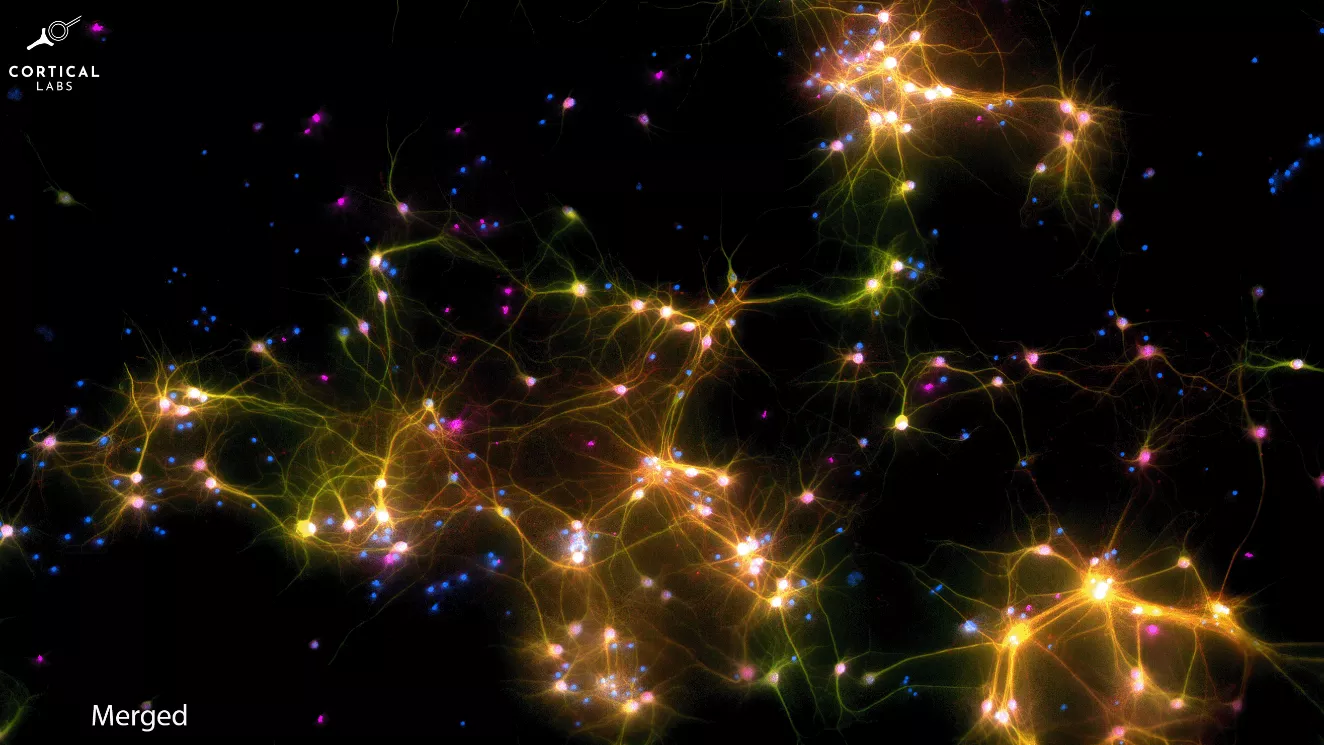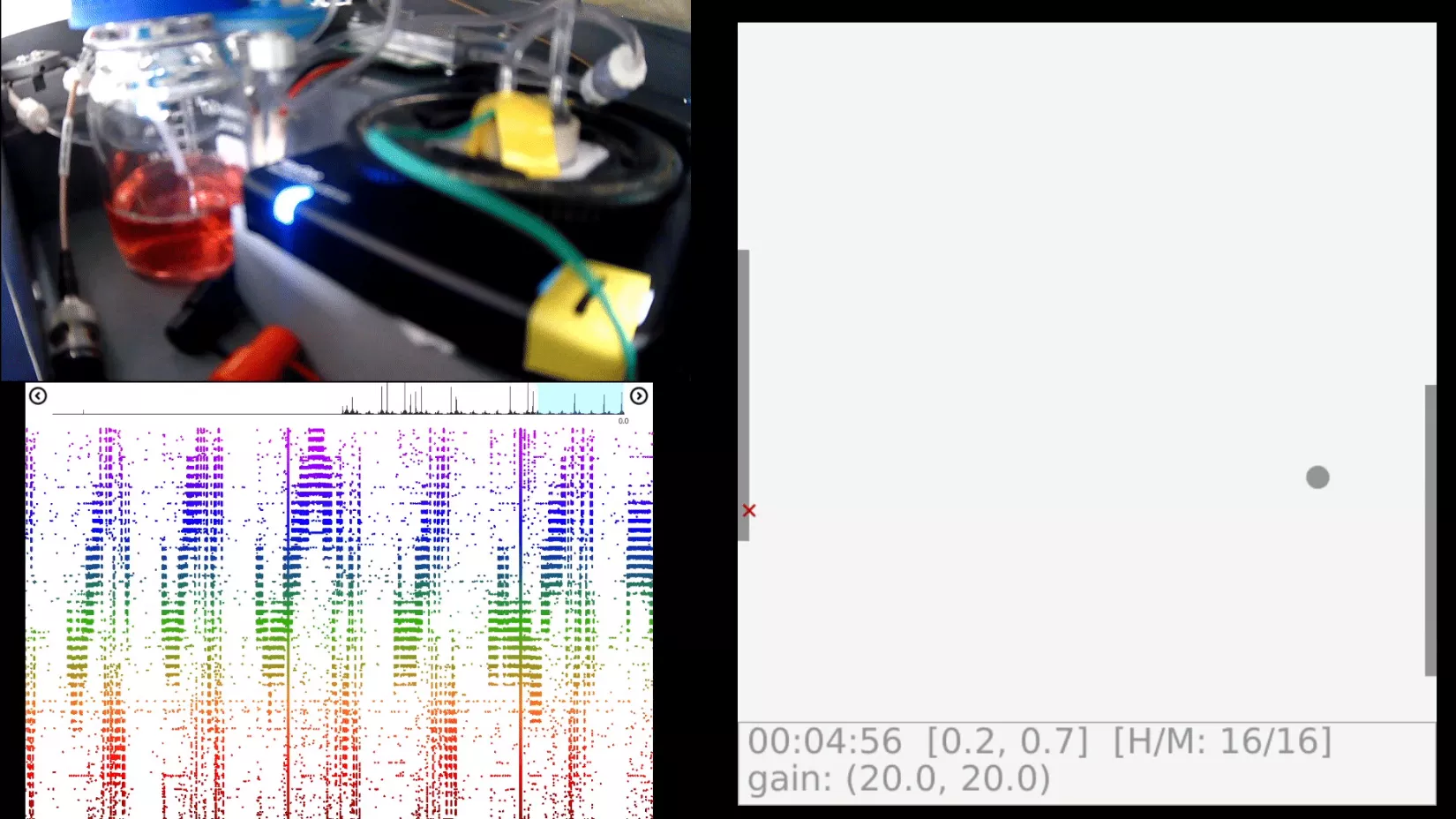Why your next computer may be a lab-grown brain An interview with Dr Brett Kagan, one of the creators of DishBrain.
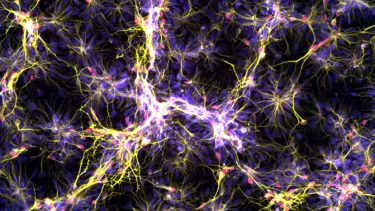
AI is no longer just a science fiction trope. The technology has gone mainstream and ravenously integrated itself into our lives. You can’t escape it. It’s in pop culture, the news, and our smartphones. It’s responsible for images of the Pope wearing Balenciaga, Dwayne ‘The Rock’ Johnson eating rocks and whatever else you can imagine. Many are already using Chat GPT and its competitors in the workplace.
However, AI’s applications reach further than generating images or writing emails for you. The technology offers huge advancements in many fields, including medicine.
So what does the next wave of AI technology look like? Do our own brains provide any clues? And what really is consciousness? Can it be fabricated? Our upcoming talk, Your Brain on AI, is looking to answer those questions and many more for you.
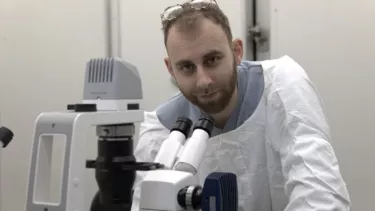
Ahead of the event, we spoke with one of the speakers, Dr Brett Kagan, to learn about the new technologies he has developed. Dr Kagan is the Chief Scientific Officer at Cortical Labs, a Melbourne-based biological computing startup trying to revolutionise the industry. The company aims to replace current computer chip technology with biological alternatives, offering far more processing power for significantly less energy usage. In addition, Cortical Labs aims to provide a simpler way to understand how the human brain works, leading to breakthroughs in relation to diseases and debilitating conditions, such as dementia.
The company have made huge breakthroughs with their creation, DishBrain and its successor CL-1 (Cortical Labs 1). DishBrain is exactly what it sounds like, a ‘brain’ in a dish. More specifically, it consists of 800,000 brain cells (neurons) connected to an electrode array that stimulates the cells and records their activity. The neurons were put to the test when they successfully learnt to play the computer game Pong, a major milestone in the space of biological computing.
Mature biological neurons grown by Dr Brett Kagan at Cortical Labs, Melbourne
The network of neurons learnt to hit the ball back more often than they missed. This is due to the ‘free energy principle’ which states that neurons aim to reduce the unpredictability of their environment. In the world of Pong, the neurons learnt to avoid the uncertainty associated with missing by predicting where the ball would be and hitting it with the in-game paddle.
Read our chat with Dr Kagan below that unpacks this exciting new technology and gives us a fascinating glimpse of the future.
It’s in the name, but what really is DishBrain?
DishBrain was our first prototype. We think of it like the first transistor (worth looking up pictures to see how far that technology has come). Just like that pioneering technology, DishBrain used what we could get access to at the time, so we could plate down and test different types of cortical neural networks in simulated Pong environments and see if we could get… anything at all to happen. Of course, just like the first transistor, DishBrain was a bit janky and had a lot of limitations, but it provided the proof of concept that we’ve been building on since.
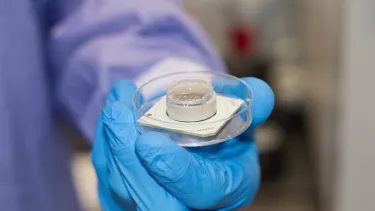
Why did you teach it Pong?
It met the criteria we needed for an initial game. It had a clear ‘lose’ condition, it occurred in real time, it is fairly simple to be conveyed to the neurons. It is also one of the first major computer games and one regularly used in machine learning to test learning.
See it in action.
DishBrain prototype playing Pong. Top left: chip in perfusion circuit prototype. Bottom left: electrical activity from cells. Right: Pong game where brain cells controlled the paddle.
What benefits do you see this technology having on society?
The neat thing about this technology is that it is a platform technology, you could potentially have many different applications, each one with new built-in capabilities. To start with, we’ve been making great progress in uncovering how neural systems work at a fundamental level in a way previously not possible. However, we’ve also seen some compelling results using the system for drug testing and disease modelling. Going further into the future we’ve seen these systems reorganise and show significantly more efficient learning rates than machine learning methods. So the use of these systems in real-time dynamic information processing systems or even robotics are all pathways.
What ethical questions have arisen as this technology advances?
As with any new technology, there are always important ethical questions to ask and we’ve been committed to progressing this work in parallel with the scientific advancements. We’ve been working with independent ethicists across the world (Australia, Singapore, USA, Japan, Europe) to explore how to make sure this technology is an ethical good. Some questions are relatively easy to address, such as questions about where the brain cells come from (a simple blood donation from any consenting adult can be used to generate a stem cell line which can be expanded into a constant source of neurons), while others require significantly more work. You can break these questions into three categories: 1) Where do the cells come from? 2) What are the applications? 3) If these devices do show intelligence do we need to treat them differently than a standard computer?*
*Read more about the implications of Synthetic Biological Intelligence technology
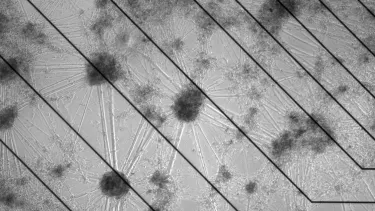
How will DishBrain help us understand consciousness and the brain better?
Consciousness is an incredibly difficult and controversial topic as it is so hard to prove what it is and what might have it. The challenge current consciousness research faces is that when you test in humans or even animals, these are incredibly complex systems, and changing any part of the system is not only ethically contentious but usually has a wide range of consequences. For simple systems like DishBrain, there’s no evidence that [they] have any form of consciousness, but perhaps you can use them to build up a picture of what could lead to consciousness in more complex organisms. We’re working with large groups of researchers to identify the language, metrics and approaches to ensure that we can address and avoid any issues before they arise through a process called ‘experimental neuroethics’.*
*Read more about experimental neuroethics.
Have you given DishBrain a name? Penelope? Gregory?
We’ve not named DishBrain cultures as they’re just simple cell cultures (you can’t even really see the networks of cells we culture without a microscope). However, we do name our incubators (Agatha, Gertrude and Dorothy).
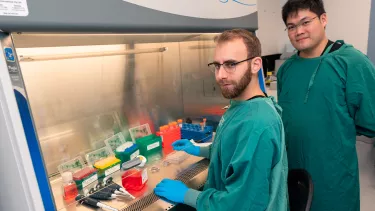
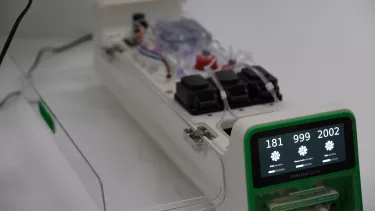
What is the end goal for DishBrain?
So as a prototype, DishBrain has already been replaced. We’ve now built a new device from the ground up called the CL-1 (Cortical Labs 1) that solves many of the problems we had with the early system. The CL-1 not only allows us to build up simulated environments with 5x less latency on the information loop, but it also has an integrated life support system so you can have 24/7 up-time.
Do you ever see the dish brain merging with our own?
I don’t see this happening anytime soon, but in science, you never know what might happen with future technology. This is what makes it exciting and keeps me and the whole team constantly trying to improve our understanding of these remarkable systems.
Your Brain on AI takes place on the 17th of August during National Science Week. Listen to Dr Kagan and other scientists in the field as they guide you to the not-so-distant future of AI. Book your tickets now.
